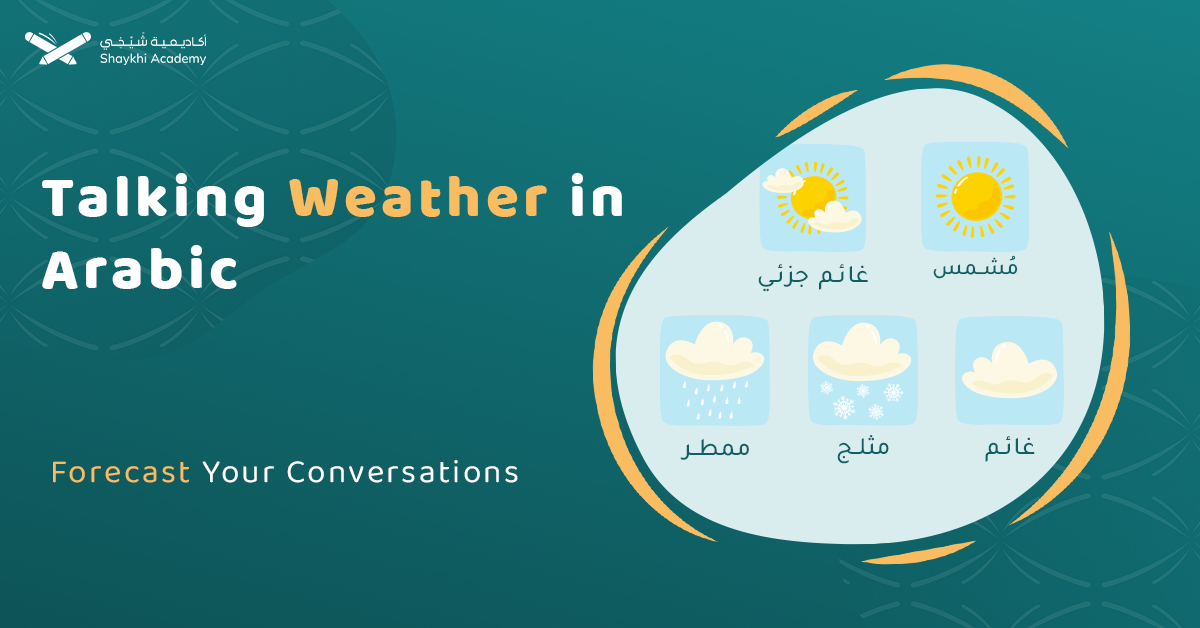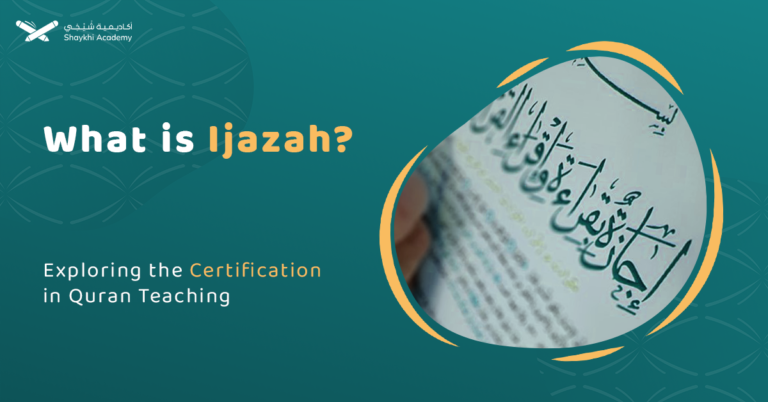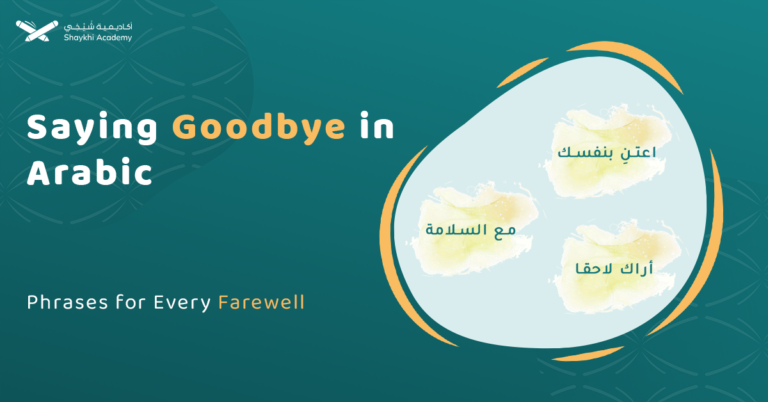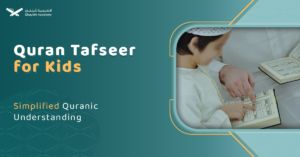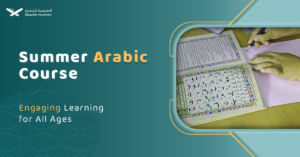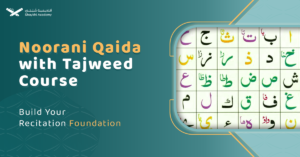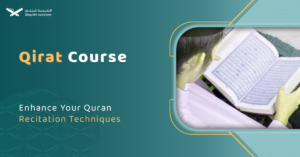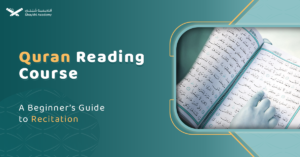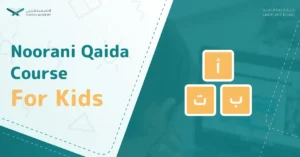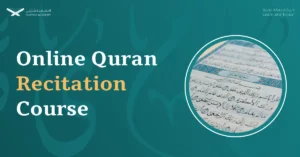Understanding how to describe the weather is an essential skill in any language, including Arabic. The word for “weather” in Arabic is “الطقس” (al-taqs), and it is widely used to refer to the general atmospheric conditions of a particular region.
Whether you’re talking about the temperature, cloud cover, or weather phenomena, learning how to discuss the weather in Arabic can enhance your communication skills and help you engage in more meaningful conversations with native speakers.
This guide will introduce you to common weather-related terms in Arabic and offer practical tips on how to describe the weather effectively.
How to Say the Word Weather in Arabic?
The word for “weather” in Arabic is “الطقس” (pronounced as al-taqs). It is commonly used to refer to the general atmospheric conditions, such as temperature, humidity, and precipitation, in a specific region.
The term “الطقس” is used in daily conversations when discussing the weather forecast or simply describing current weather conditions. For example, you might say “الطقس اليوم مشمس” (pronounced as al-taqs al-yawm mushmis), which means “The weather today is sunny.”
Common Conditions of Weather in Arabic:
Weather conditions play a significant role in our daily lives, influencing everything from our clothing choices to outdoor activities. In Arabic, there are various terms used to describe different weather patterns, ranging from sunny and rainy to windy and stormy.
Whether you’re discussing the temperature, cloud coverage, precipitation, or other atmospheric phenomena, this list provides the essential vocabulary to communicate effectively about the weather:
A- Temperature-Related Conditions in Arabic
| # | Condition in English | Condition in Arabic | Pronunciation |
| 1 | Hot | حار | Haar |
| 2 | Cold | بارد | Baard |
| 3 | Mild | معتدل | Mu’tadil |
| 4 | Freezing | تجمد | Tajammud |
| 5 | Cool | بارد قليلاً | Baard qaleelan |
| 6 | Heatwave | موجة حر | Mawjat harr |
| 7 | Dry | جاف | Jaaf |
| 8 | Damp | رطب | Ratib |
| 9 | Humid | رطب | Ratib |
| 10 | Wet | مبلل | Mubalal |
B- Sky and Cloud Conditions in Arabic
| # | Condition in English | Condition in Arabic | Pronunciation |
| 11 | Sunny | مشمس | Mushmis |
| 12 | Cloudy | غائم | Ghaa’im |
| 13 | Clear | صافٍ | Saafin |
| 14 | Overcast | مغيم | Mughayim |
| 15 | Foggy | ضبابي | Dabaabi |
| 16 | Misty | ضبابي خفيف | Dabaab khafeef |
C- Precipitation and Storm Conditions in Arabic
| # | Condition in English | Condition in Arabic | Pronunciation |
| 17 | Rainy | ممطر | Mumtir |
| 18 | Drizzle | رذاذ | Radhadh |
| 19 | Showers | زخات المطر | Zakhāt al-matar |
| 20 | Snowy | ثلجي | Thalji |
| 21 | Hail | بَرَد | Barad |
| 22 | Flurry | تساقط الثلوج | Tasaquut al-thulooj |
| 23 | Blizzard | عاصفة ثلجية | ‘Aasifat thaljiya |
D- Wind and Air Conditions in Arabic
| # | Condition in English | Condition in Arabic | Pronunciation |
| 24 | Windy | عاصف بالرياح | ‘Aasif bil-riyaah |
| 25 | Gale | ريح قوية | Reeh qawiya |
| 26 | Breezy | بريح خفيف | Bireeh khafif |
| 27 | Calm | هادئ | Haadi’ |
E- Severe Weather Conditions in Arabic
| # | Condition in English | Condition in Arabic | Pronunciation |
| 28 | Stormy | عاصف | ‘Aasif |
| 29 | Thunderstorm | عاصفة رعدية | ‘Aasifa ra’diya |
| 30 | Tornado | إعصار | I’saar |
| 31 | Hurricane | إعصار مداري | I’saar madaari |
| 32 | Lightning | برق | Barq |
| 33 | Tropical | استوائي | Istiwa’ii |
F- Other Weather Conditions in Arabic
| # | Condition in English | Condition in Arabic | Pronunciation |
| 34 | Foul | جو غير صالح | Jaww ghayr saalih |
| 35 | Drought | جفاف | Jafaaf |
| 36 | Thaw | ذوبان الثلوج | Dhawaan al-thulooj |
| 37 | Wet and Wild | رطب وعاصف | Ratib wa ‘aasif |
| 38 | Perfect | مثالي | Mithali |
How to Learn to Describe the Weather in Arabic?
Learning to describe the weather in Arabic involves building a basic vocabulary for common weather conditions and understanding how to use them in context. Here’s a step-by-step approach to help you master weather descriptions in Arabic:
1. Learn Basic Weather Vocabulary
Start by learning key words for weather conditions such as “sunny” (مشمس mushmis), “rainy” (ممطر mumtir), “cold” (بارد baard), and “hot” (حار haar). Familiarize yourself with terms related to temperature, clouds, precipitation, and wind. To get introduced to weather vocabulary properly, you can enroll in an MSA or Fusha Arabic course.
2. Understand Sentence Structure
In Arabic, describing the weather follows a simple structure, often starting with the word “الطقس” (al-taqs), meaning “the weather.” For example, “الطقس اليوم مشمس” (al-taqs al-yawm mushmis) means “The weather today is sunny.” To do this properly, you will need to join An Arabic grammar course that simplifies the different sentence structures and explain their significance.
3. Learn Adjectives and Phrases
Knowing adjectives is essential for more detailed descriptions. For instance, “معتدل” (mu’tadil) means “mild,” and “عاصف” (‘aasif) means “stormy.” You can combine these with phrases like “اليوم” (al-yawm) for “today” or “غداً” (ghadan) for “tomorrow” to make your sentences more specific.
4. Practice Weather-Related Conversations
Practice simple dialogues such as:
- “كيف الطقس اليوم؟” (Kayfa al-taqs al-yawm?) – “How is the weather today?”
- “الطقس بارد جداً اليوم.” (Al-taqs baard jiddan al-yawm) – “The weather is very cold today.”
5. Use Online Tools and Apps
Utilize apps and websites dedicated to language learning. Listening to weather reports in Arabic, either on news sites or weather apps, can help you pick up common phrases and improve your listening skills.
6. Watch Weather Reports in Arabic
Pay attention to how weather is described in Arabic news channels or online videos. This will help you understand the context in which certain words are used and improve your speaking fluency.
7. Practice Speaking with Native Speakers
Engage in conversations with native Arabic speakers about the weather to practice using the vocabulary you’ve learned. This will help reinforce your understanding and pronunciation.
Ready to Speak Arabic with Confidence with Shaykhi Academy?
Unlock the beauty of the Arabic language and start speaking Fusha today with our MSA comprehensive course. Whether you’re a beginner or looking to improve your skills, our “Learn to Speak Arabic Fusha” program is designed to help you master the language with ease.
Join now and immerse yourself in a structured learning environment that will take your Arabic speaking abilities to the next level!
Why Shaykhi Academy?
- Expert Native Tutors: Learn from highly qualified native Arabic speakers.
- Flexible Scheduling: Tailor your classes to fit your busy life.
- Affordable Learning: Access top-quality education at a price that suits you.
- Global Access: Study from anywhere in the world.
Explore Our Arabic Courses:
- Noorani Qaida: Build a strong foundation in Quranic Arabic.
- Comprehensive Arabic Courses: Master the Arabic language, from beginner to advanced levels.
- Fusha Arabic Classes: Delve into Modern Standard Arabic, the key to understanding literature, media, and formal communication across the Arab world.
- Quranic Arabic Course: Enhance your connection with the Quran by learning the language in which it was revealed.
Start Your Arabic Journey Today! Whether you’re just starting or looking to deepen your knowledge, Shaykhi Academy is here to support your journey. Book your free trial now and begin your path to Arabic mastery!

The Conclusion:
Describing the weather in Arabic is a valuable skill that allows you to engage in everyday conversations with ease. By learning key vocabulary, understanding sentence structures, and practicing with native speakers, you can improve your ability to communicate about weather conditions in various contexts.
With the terms and phrases provided in this article, you now have the tools to describe the weather, whether it’s sunny, rainy, windy, or even stormy. Keep practicing, and soon you’ll be confidently discussing the weather in Arabic in no time!
